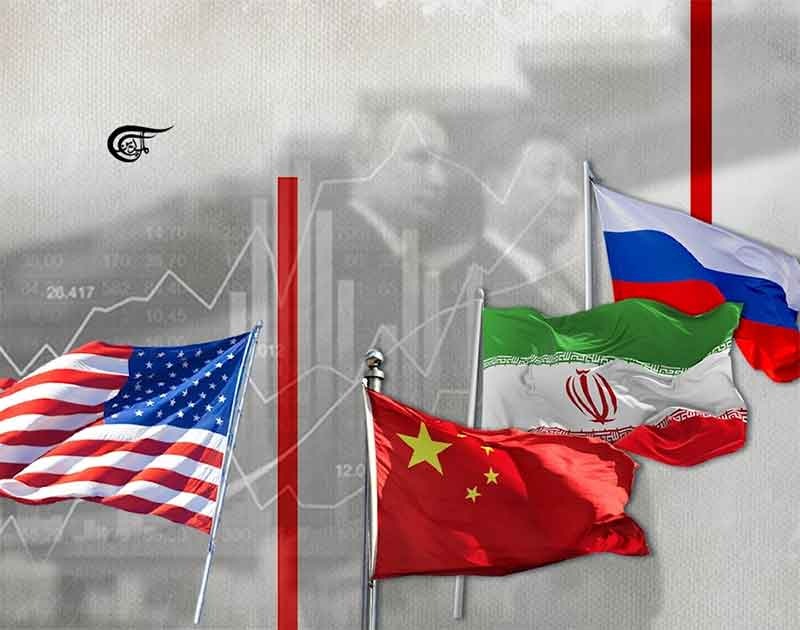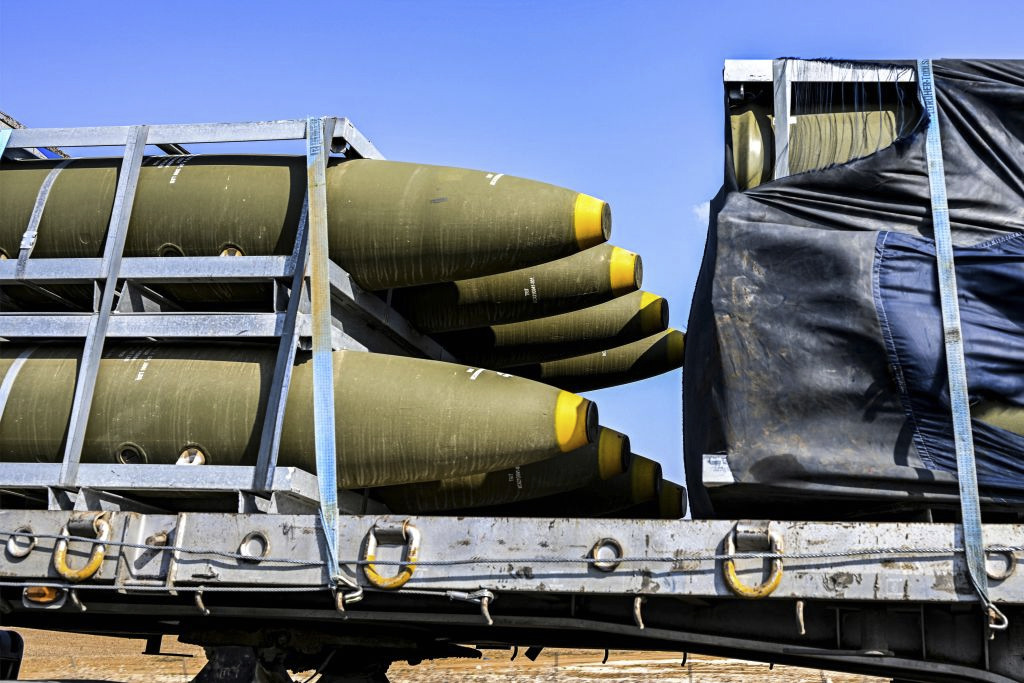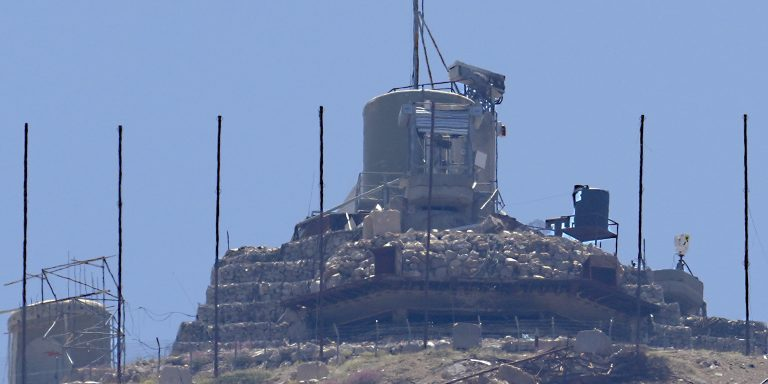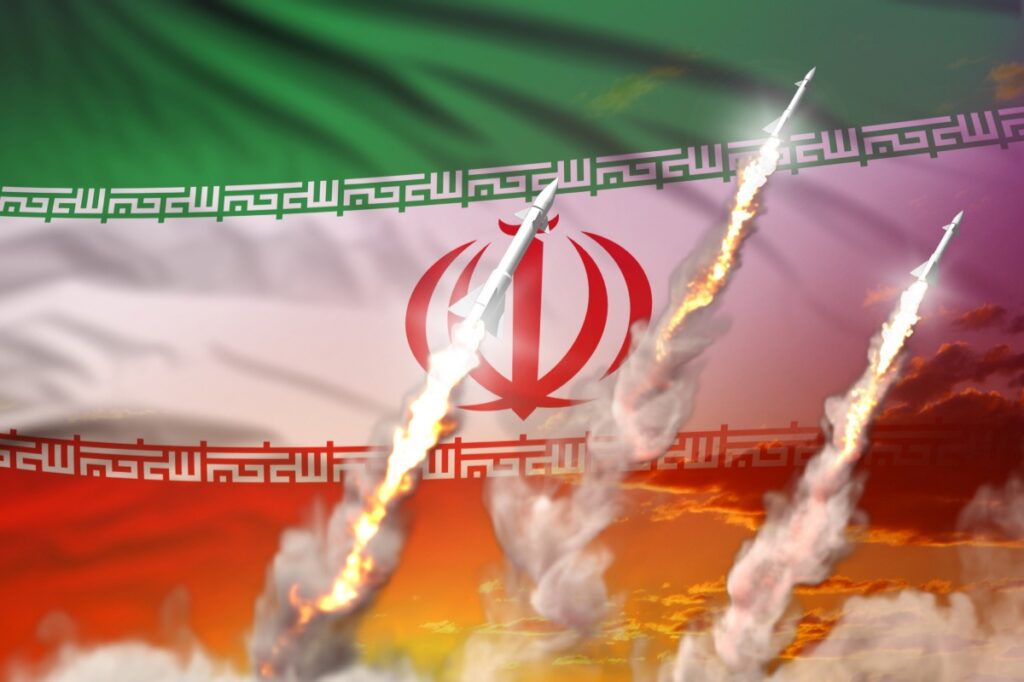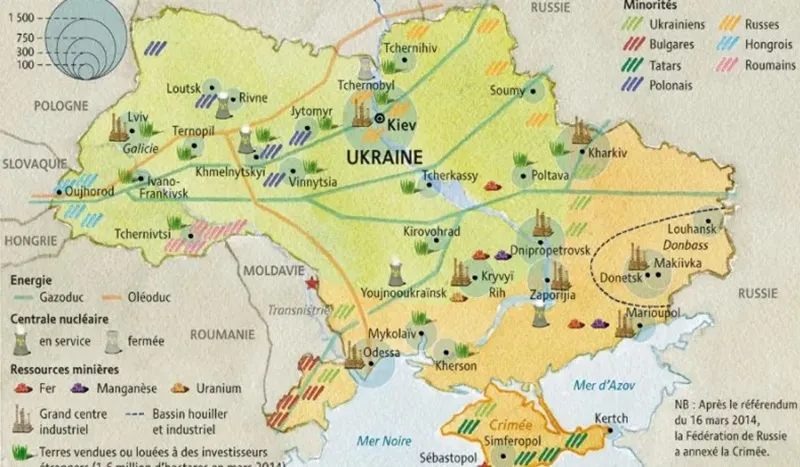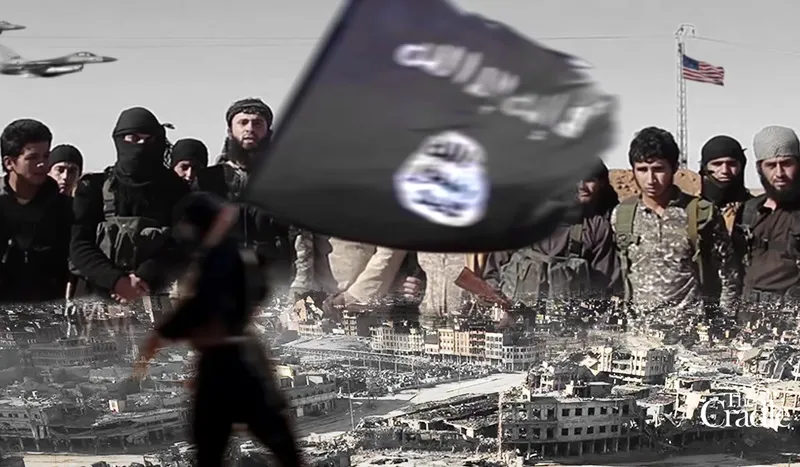Without making new people. Why the decline in birth rates cannot be stopped by any decrees

Russia is preparing a bill to ban the “childfree ideology,” Deputy Minister of Justice Vsevolod Vukolov said , calling the conscious refusal to have children “extremistically oriented.” In his latest May decree defining Russia’s “national development goals,” Vladimir Putin ordered an increase in birth rates. The average number of children per woman should increase from the current 1.41 to 1.6 by 2030 and to 1.8 by 2036. The problem with the total fertility rate is not unique to Russia: by 2050, the TFR will be sufficient to reproduce the population in only 49 countries. There is not a single country in the world where the birth rate has not decreased in 2021 compared to 1950. And decrees cannot help here. As modern research shows, even radical government regulation measures, such as bans on contraception and abortions, are not capable of reversing this trend.

